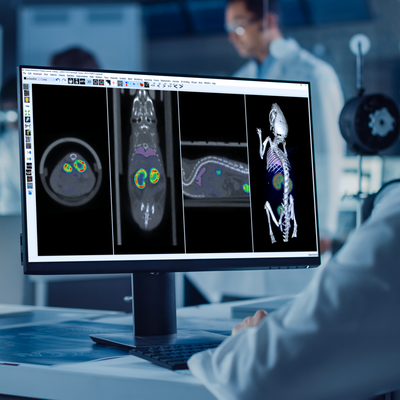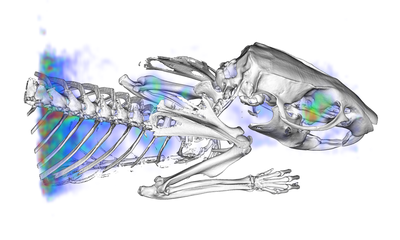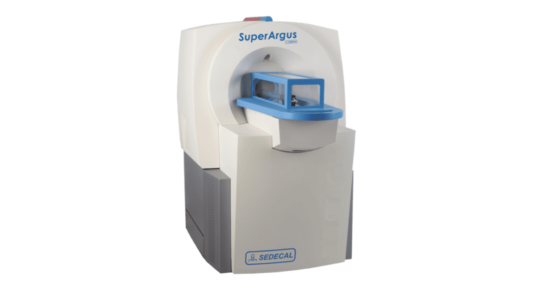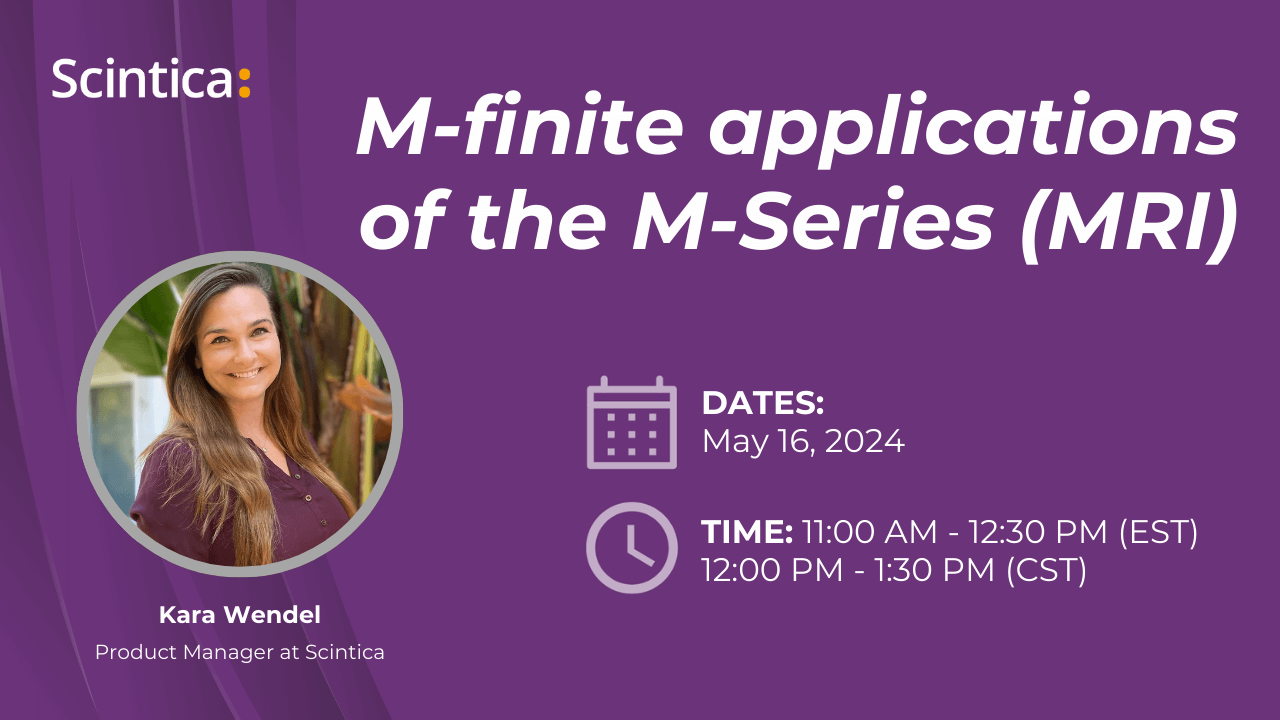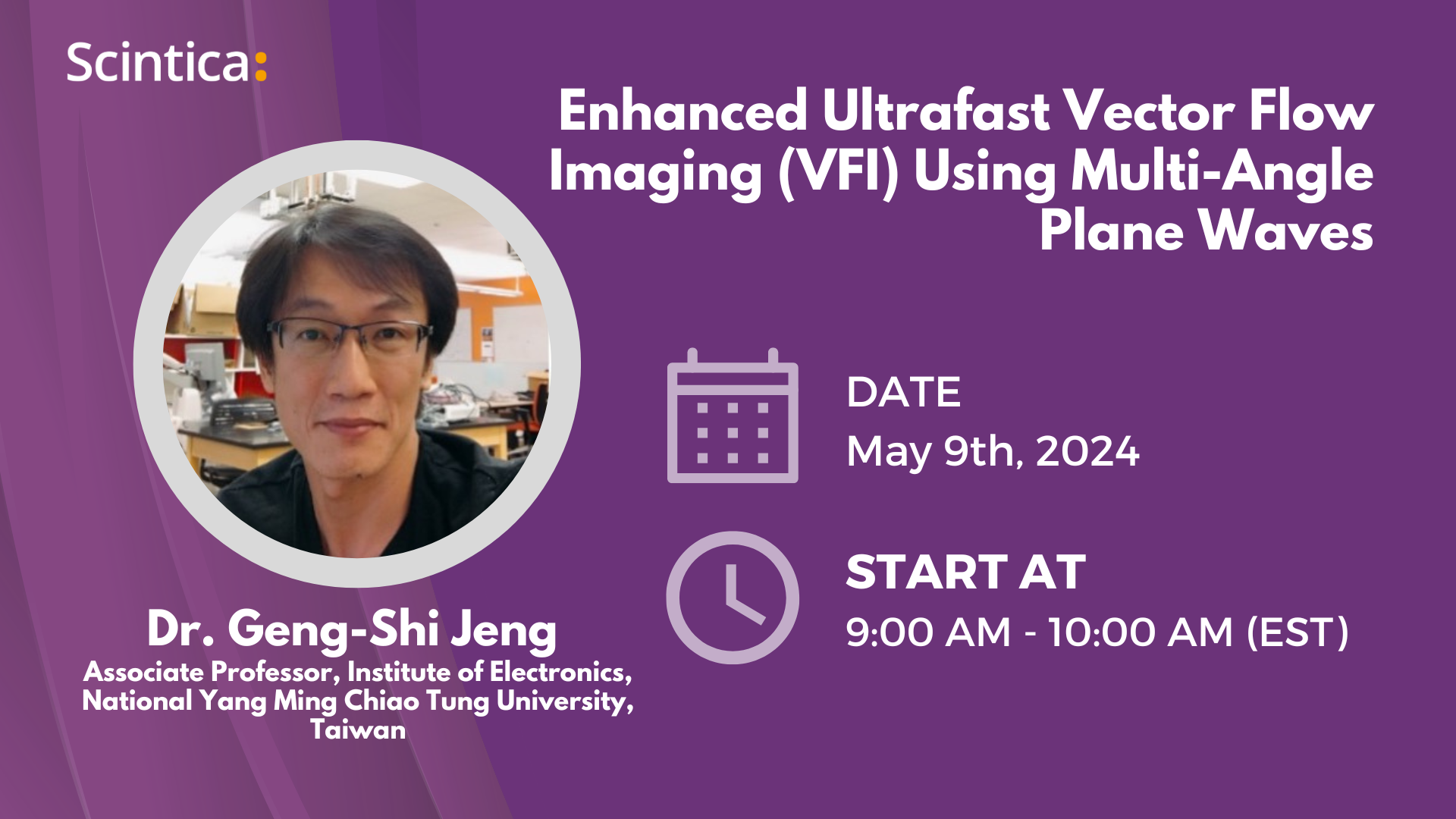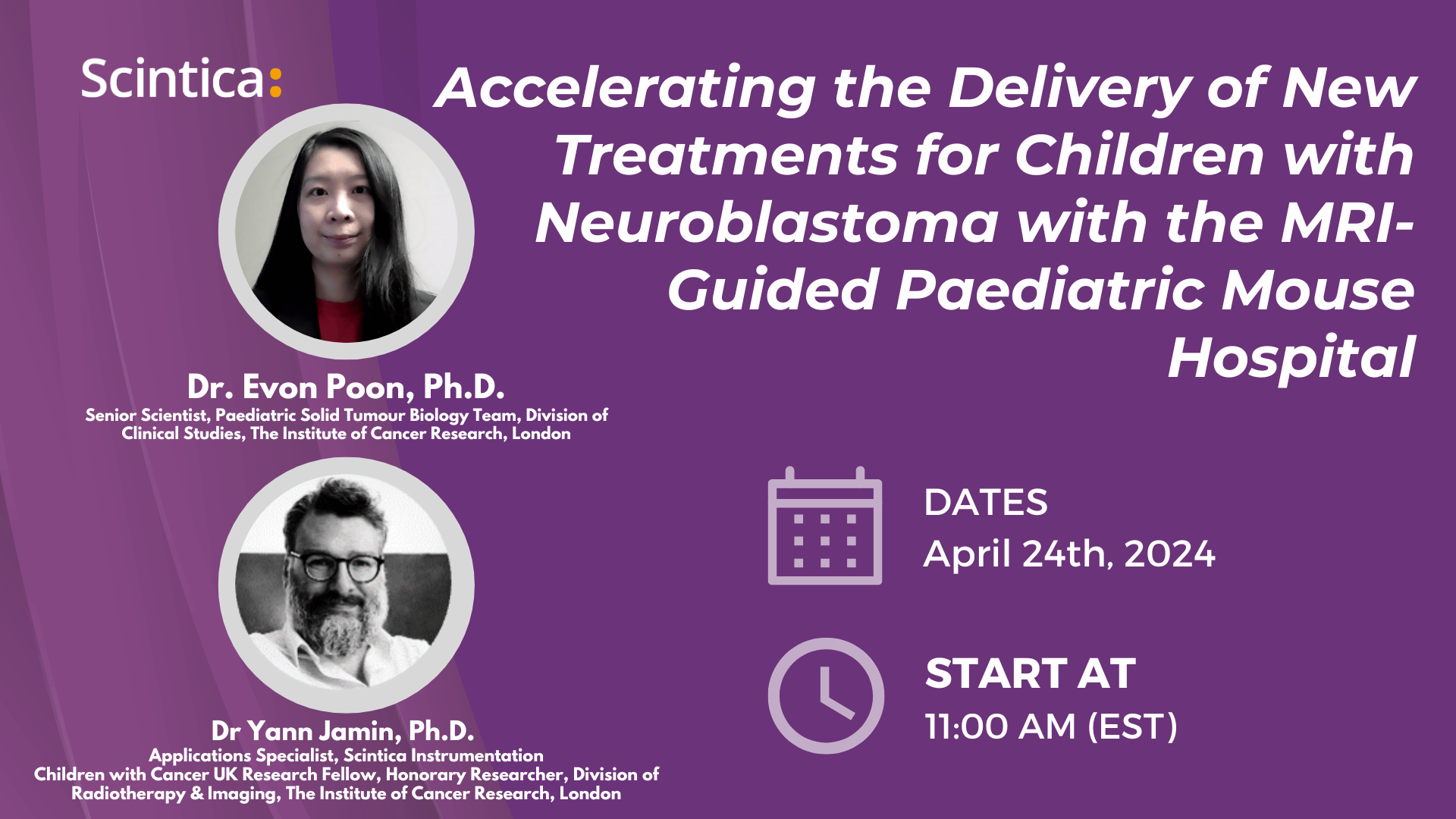Software Overview
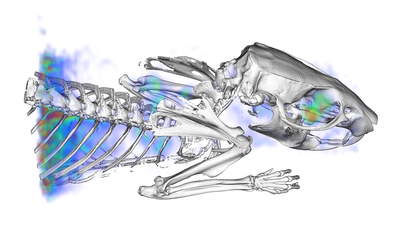
Imalytics Preclinical is a software for fast interactive segmentation, reconstruction, 3D visualization, and analysis of biomedical image data sets with a user-friendly interface. It supports 3D, 4D, and 5D image data from any modality if the file format is supported. It has been used to analyze (multimodal) data sets from CT, PET, SPECT, MRI, US, FLT, and BLT.
Features & Benefits
Fast Interactive Workflow
Imalytics Preclinical uses an optimized GPU architecture for faster processing of large data sets. Perform 3D segmentations in REAL TIME!
Application Support
Access to an interdisciplinary team to support your analysis needs and research goals!
Tutorials
Imalytics Preclinical is installed with more than 25 tutorials for various applications. The tutorials are provided as videos with an example data set. This allows the user to practice with the same data set.
World-Wide Access
Compatible with Microsoft Azure, Imalytics can be used in the cloud from any computer
globally, making it easy to collaborate and work remotely!
Microsoft Azure offers the most extensive compliance coverage of any cloud depository and is HIPAA-compliant, making it easy to manage and secure!!
Easy-to-Use Interface
Intuitive and easy to learn with simple workflows and tutorials, no prior knowledge required. Users quickly learn how to use the software after just a few hours.
Use with the SuperArgus PET/CT System
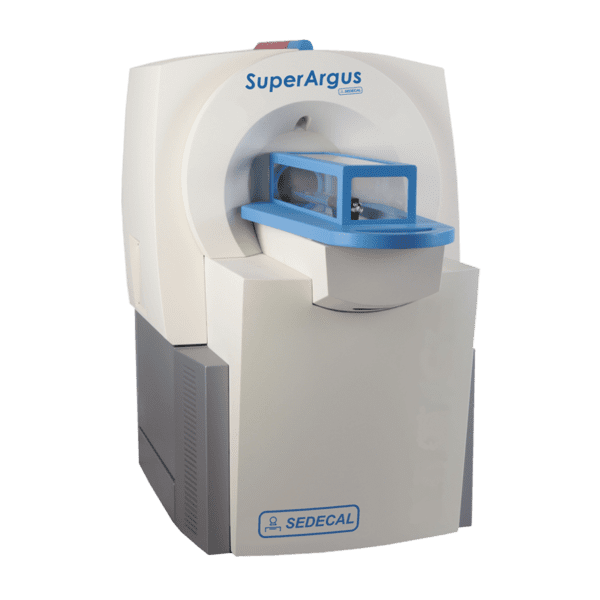
The key feature of the system is a unique phoswich PET detector technology, offering the highest resolution on the market (≤1.0 mm). The further aspect which makes the scanner the brand leader is the highest sensitivity of the detectors 11 at 100 700 keV).
Key benefits of the system:
- dynamic real-time imaging up to 2.5 msec frame rate if desired) optimized reconstruction algorithms
- multi-animal handling options with a wide rage of applications (neurology, cardiology, immunology, infection diseases, dynamic imaging, bone studies, conscious/awake imaging, multiplex imaging
Applications
Signal Quantification
Accurately visualize signals (e.g. PET) in segmented regions of interest to see if the signal distributes and accumulates to areas of interest, such as the urinary bladder, heart, kidneys, liver, or existing tumor or metastases.
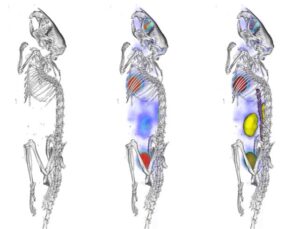
High-Throughput Imaging 4 Mice
(or even more)
Quickly crop, convert, and analyze large amounts of data acquired with multi-mouse beds for high-throughput settings. Spend less time processing your data and more time interpreting experimental results!
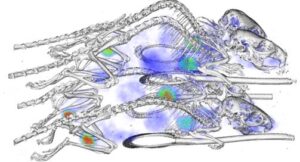
Kinetic Modeling
Utilizing well-developed kinetic models, quickly analyze a tracer’s distribution, uptake, and clearance in organs or regions of interest to elucidate important biological and functional information!
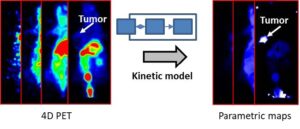
Cardiac Analysis
Accurately assess the cardiovascular system, such as the cardiac wall and chamber dimensions, the cardiac mass, and the functioning of the left ventricle via ejection fraction.
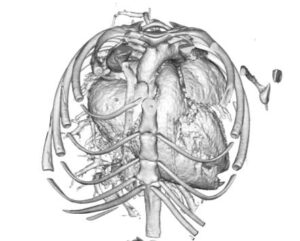
Segmentation
Manually, semi-automatically, or automatically segment phantoms, regions of interest (ROI), or specific structures in the body, such as muscles, bones, tumors, or organs like the heart, kidneys, liver, etc.
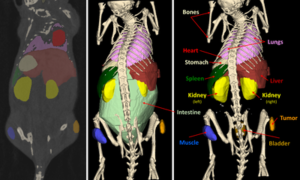
Image Processing
Visualize and process (1) an underlay (e.g. anatomical imaging modalities like CT or MR), (2) an overlay (e.g., functional imaging modalities like a PET, SPECT, fluorescent, or bioluminescent signal), and (3) the segmented regions of interest to see the signal distribution and accumulation in specific areas of the body through time!
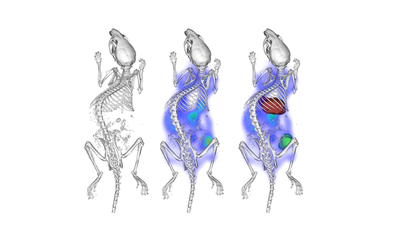
Image Fusion
Fuse images from different imaging modalities using manual or marker-based alignment, making multimodal image data analysis more straightforward than ever!
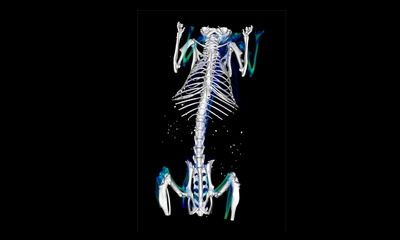
Pharmacokinetic Analysis
Reliably determine the organ biodistribution, retention sites, time course of absorption and elimination of newly developed nanocarriers or drug delivery systems.
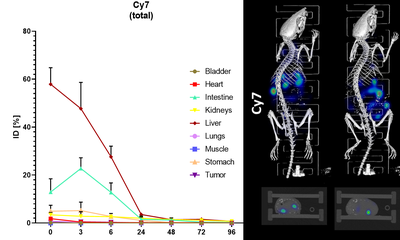
Tumor Analysis
Accurately detect, quantify (2D area or linear and 3D volumetric analysis), and characterize lesions, metastases, and tumors, such as subcutaneous and orthotopic tumors located in the colon, liver, lung, pancreas, brain, etc.
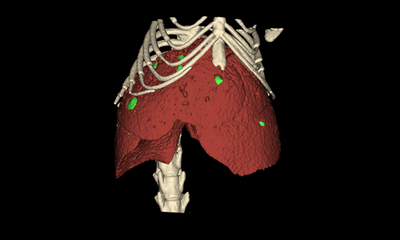
Vascular Analysis
Accurately assess the vascular system’s structure and functioning, such as changes in the blood vessel narrowing or blockage due to atherosclerotic lesions or calcifications, vessel dilation, and vessel defects.
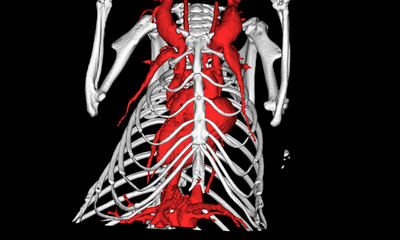
Bone Analysis
Quickly analyze bone structures and morphology, such as quantifying benign bone growths, tumors, calcifications, defects, and implants – calculations of bone volume, bone volume fraction, and bone mineral density can also be performed.

Fat Analysis
Determine whole body fat and differentiate it into subcutaneous, visceral, and brown adipose tissue.
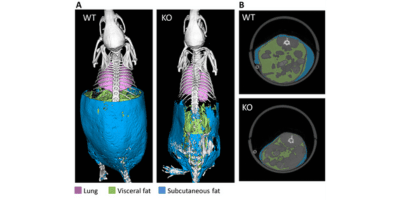
Relaxometry
Quantify functional MRI relaxometry parameters to give valuable biological information, such as changes in density or microstructural composition of cells or tissues.
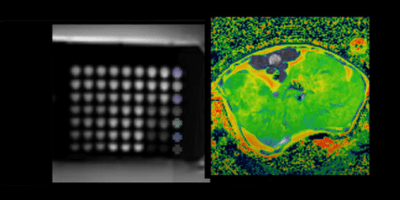
Quantification
Quantify signal intensities in phantoms, ROIs, organs, or the whole object using the batch function. Several segmentations and points in time can be analyzed in one step!
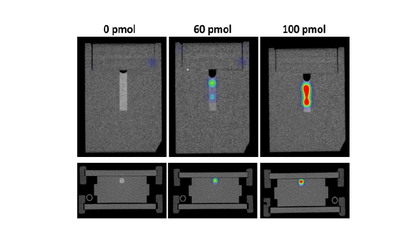
Spectral Unmixing
Distinguish and separate individual spectra in a sample, reducing fluorescent probe spectra overlap and autofluorescence caused by fixatives, cellular components, etc.!
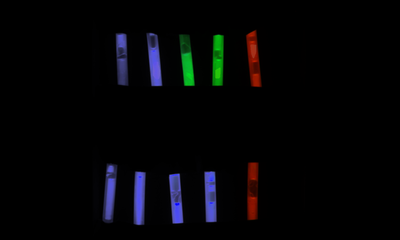
3D Printing
Easily manipulate different imaged isosurfaces such as organs, prosthetics, or prototypes, and export as an STL-file format for 3D printing!
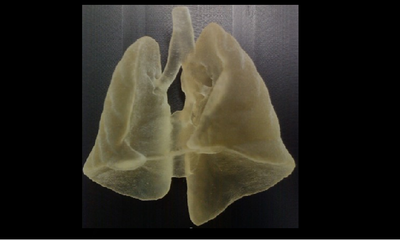
Publications & Articles
(May 16, 2024) M-finite applications of the M-Series (MRI)
(May 16, 2024) Webinar: M-finite applications of the M-Series (MRI) In this webinar,
(May 9, 2024) Enhanced Ultrafast Vector Flow Imaging (VFI) Using Multi-Angle Plane Waves
(May 9, 2024) Enhanced Ultrafast Vector Flow Imaging (VFI) Using Multi-Angle Plane Waves
(April 24, 2024) Webinar: Accelerating the Delivery of New Treatments for Children with Neuroblastoma
(April 24, 2024) Webinar: Accelerating the Delivery of New Treatments for Children with
